Disclosure: This article contains affiliate links. We may earn a commission from purchases at no extra cost to you, which helps our travel content.
As a physicist with a passion for geological wonders, Iceland's Ring Road has been on my scientific bucket list for years. Last summer, I finally gathered my closest friends (including two fellow scientists and a jazz musician) for what would become our most enlightening adventure yet. Over 10 days, we circumnavigated this geological wonderland, where the laws of physics seem to operate differently—where fire meets ice, where the earth's crust visibly separates, and where light dances in the atmosphere in ways that still leave me awestruck. This isn't just travel; it's a masterclass in earth sciences wrapped in an unforgettable road trip.
Planning Your Ring Road Scientific Expedition
The 828-mile Ring Road (Route 1) encircles Iceland's perimeter, but this isn't your average road trip. You're essentially driving around an active geological laboratory.
First, timing is critical. We chose late June for 20+ hours of daylight—perfect for maximizing observation time at each phenomenon. The midnight sun meant we could examine geological formations at any hour, which proved invaluable when tourist crowds thinned after dinner.
Vehicle selection requires careful consideration of physics and practicality. While a standard 2WD can handle the Ring Road itself, many of the most fascinating geological sites require F-road access. Our 4x4 SUV proved perfect—compact enough for efficient fuel consumption yet capable of handling rough terrain when we ventured to more remote volcanic formations.
For navigation, I relied heavily on my handheld GPS, which proved invaluable when mapping coordinates of interesting formations and when cellular service disappeared in remote areas. The satellite communication feature provided peace of mind when we ventured far from populated areas to explore lesser-known geological sites.
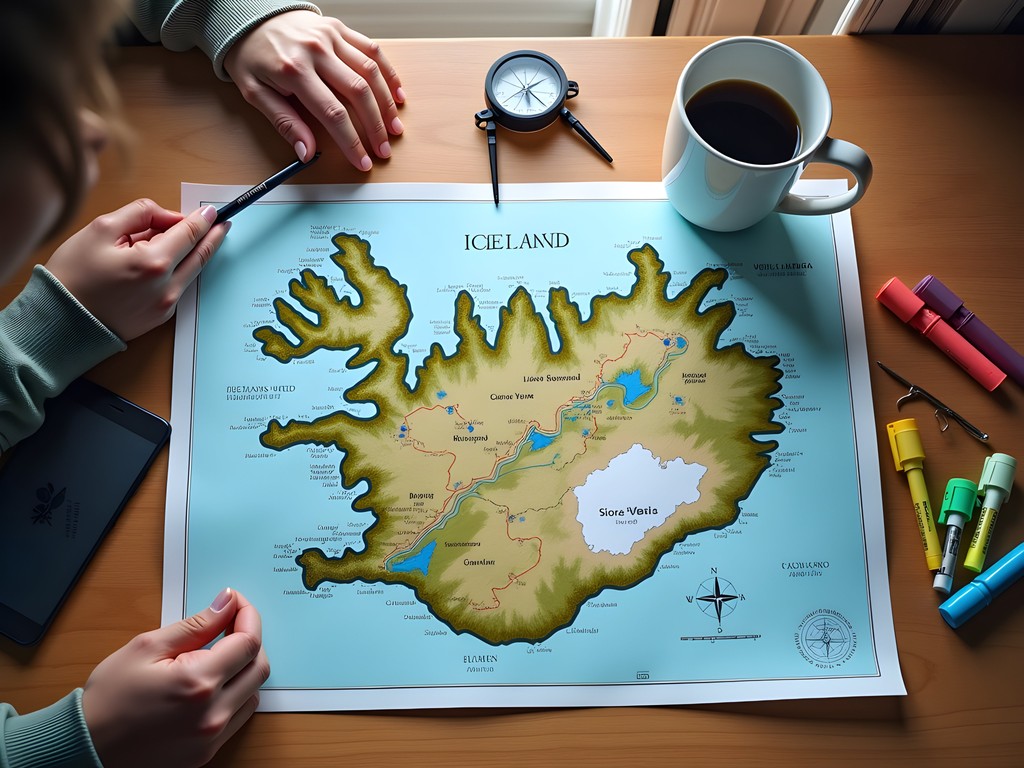
💡 Pro Tips
- Book accommodations at least 6 months in advance, especially if traveling during summer solstice period
- Download offline geological maps—cellular coverage is spotty in remote areas
- Consider renting portable WiFi to share among your group for researching sites en route
Days 1-3: Reykjavík to Vík — Where Plate Tectonics Come Alive
Our journey began in Reykjavík, where we visited the Perlan Museum to contextualize Iceland's geological significance. The interactive exhibits provided my friends with the foundational knowledge that would enhance our observations throughout the trip.
Heading east, our first major stop was Þingvellir National Park—a UNESCO World Heritage site where the North American and Eurasian tectonic plates visibly pull apart at approximately 2.5 cm per year. Standing with one foot on each continent is not just a photo opportunity; it's a tangible connection to the dynamic forces shaping our planet.
"This is continental drift in real-time," I explained to my jazz musician friend, who composed an impromptu melody inspired by the steady, inevitable movement of Earth's crust.
The Golden Circle's Geysir geothermal area offered a perfect demonstration of thermodynamics and pressure systems. We timed Strokkur's eruptions, analyzing the relationship between the dome formation and the subsequent explosion of water and steam. For accurate temperature readings of various hot springs, my infrared thermometer proved invaluable for safely measuring surface temperatures from a distance.
At Gullfoss waterfall, we calculated the approximate energy dissipation as water plummeted into the canyon—a practical application of potential to kinetic energy conversion that fascinated everyone in our group.
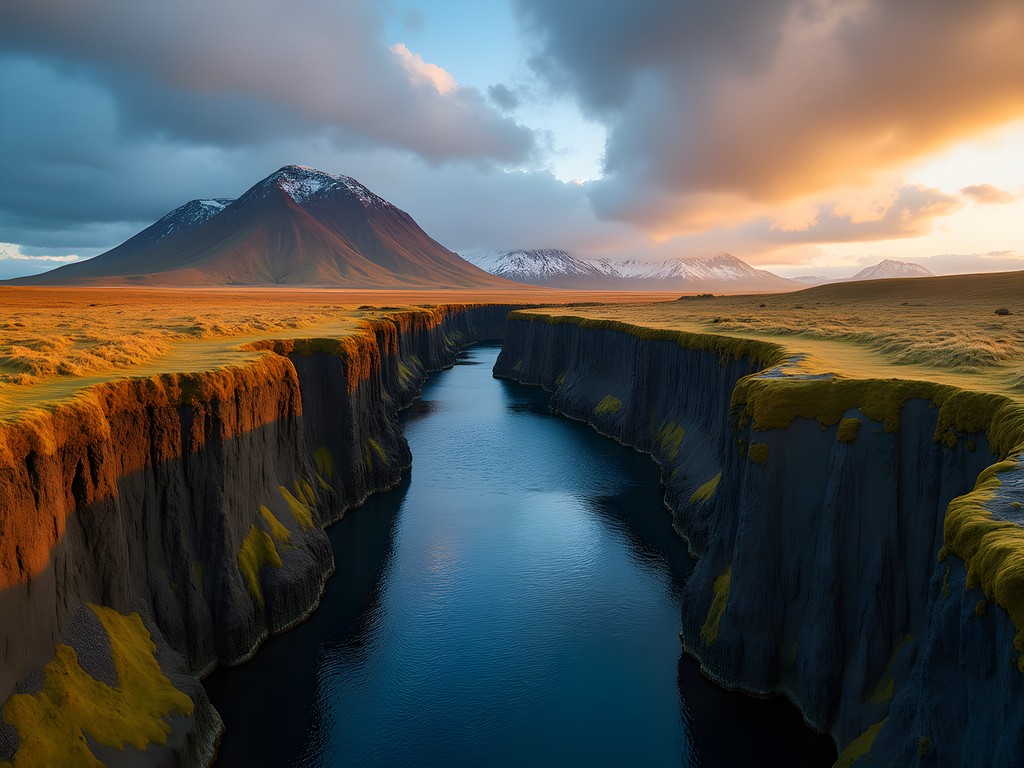
💡 Pro Tips
- Visit Þingvellir early morning or evening to avoid crowds and get better photographs of the rift
- Bring a polarizing filter for your camera to cut glare when photographing waterfalls
- Pack microspikes for approaching Sólheimajökull glacier safely
Days 4-6: The Eastern Fjords — Glacial Physics and Volcanic Phenomena
The eastern segment of our journey presented a stark contrast in geological forces: the grinding power of glaciers versus the explosive nature of volcanic activity.
At Jökulsárlón Glacier Lagoon, we witnessed thermodynamics in action as massive icebergs calved from Breiðamerkurjökull glacier. Using my laser distance meter, we estimated the size of several icebergs and calculated their approximate mass based on visible volume and ice density.
"Each of these icebergs contains ice that fell as snow hundreds of years ago," I explained to our group. "The blue coloration comes from the compression of ice crystals that eliminates air bubbles and allows longer wavelength light to be absorbed while blue light is scattered back to our eyes."
We spent hours at Diamond Beach, where the interplay between ocean currents and melting icebergs creates a constantly changing gallery of ice sculptures. The physics of wave action and thermal exchange was evident as we watched smaller ice fragments gradually reshape under the Atlantic's influence.
In the Eastern Fjords, we examined the layered basalt formations, visible evidence of repeated volcanic eruptions over geological time. At Dettifoss, Europe's most powerful waterfall, we calculated the approximate horsepower generated by the falling water—an exercise that connected abstract physics concepts to the raw power of nature before our eyes.
For nighttime aurora viewing (yes, even in summer, we caught faint displays around midnight), my light pollution filter glasses helped enhance visibility by filtering out ambient light, allowing us to better observe the subtle interaction between solar particles and Earth's magnetic field.
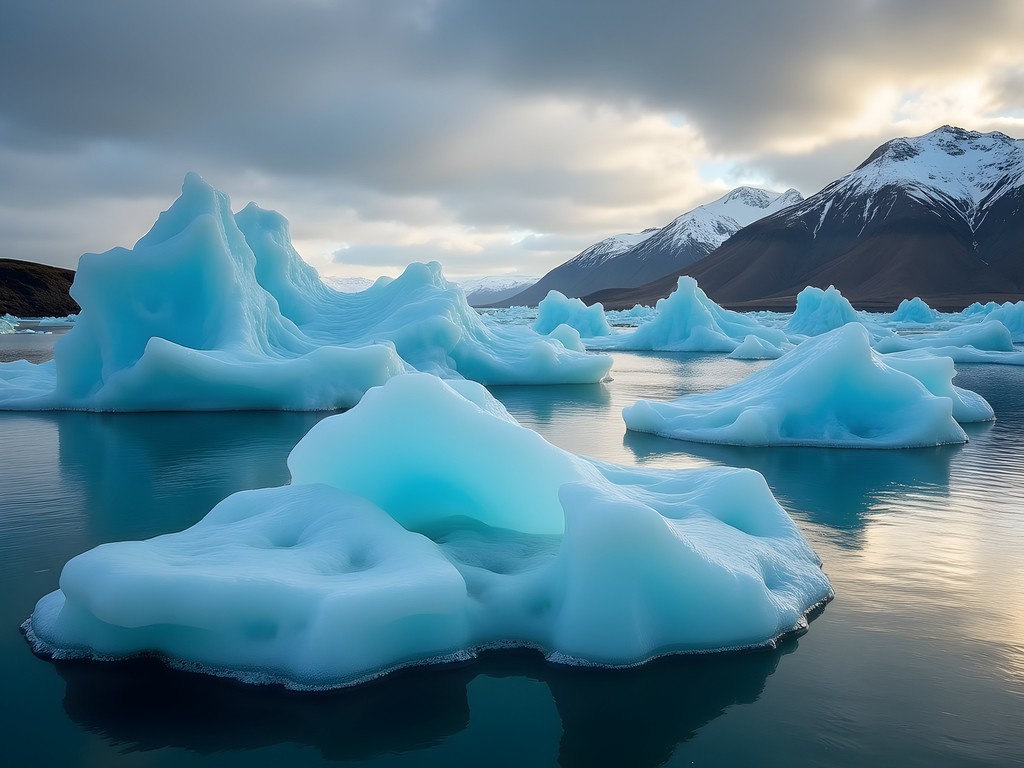
💡 Pro Tips
- Bring polarized sunglasses for glacier viewing—they reduce glare and allow you to see ice structures more clearly
- Visit Jökulsárlón at different times of day—the lighting dramatically changes the appearance of the ice
- Pack a thermos of hot tea; even summer temperatures near glaciers can be surprisingly cold
Days 7-8: Northern Iceland — Geothermal Wonders and Sound Physics
Northern Iceland offered some of the most dramatic demonstrations of geothermal activity on our journey. The Mývatn area is essentially a living laboratory of volcanic and geothermal phenomena.
At the Námafjall geothermal area (Hverir), we observed mud pots, fumaroles, and sulfur deposits that showcased the chemical interactions occurring just beneath the earth's surface. The rotten egg smell of hydrogen sulfide prompted a discussion about gas chemistry and how these emissions provide valuable data about subsurface activity.
"What we're smelling is actually an important safety mechanism," I explained. "Pure hydrogen sulfide can be odorless at high concentrations and lethal, but these diluted concentrations warn us of its presence." To monitor air quality near geothermal vents, I used my portable air quality monitor to measure particulate matter and gas concentrations—a safety precaution I always take near active geothermal areas.
Dettifoss waterfall provided an exceptional opportunity to discuss acoustics and sound propagation. Using my digital sound level meter, we measured the decibel levels at various distances from the falls, noting how terrain features affected sound propagation.
Perhaps most fascinating was our visit to Ásbyrgi, a horseshoe-shaped canyon. Here, I demonstrated the physics of sound reflection by having our jazz musician friend play short notes on his pocket trumpet at specific points in the canyon. The resulting echoes created a natural delay effect that fascinated everyone and sparked a discussion about how early humans might have interpreted such acoustic phenomena.

💡 Pro Tips
- Stay upwind when possible at geothermal areas to avoid sulfur dioxide and hydrogen sulfide gases
- Bring a small bottle of vinegar to neutralize sulfur residue on metal jewelry or camera equipment
- At Dettifoss, protect camera equipment from water spray with a rain cover
Days 9-10: Completing the Circle — Snaefellsnes and Volcanic History
Our final segment took us through the Snaefellsnes Peninsula, often called "Iceland in miniature" for its diverse geological features. Here, the interplay between volcanic activity and glacial forces is particularly evident.
At Kirkjufell mountain, we discussed how its distinctive shape resulted from glacial carving of an ancient volcanic plug. The adjacent waterfalls provided a perfect setting to explain erosion patterns and water's persistent force in shaping landscapes over millennia.
Snaefellsjökull glacier and volcano—made famous in Jules Verne's "Journey to the Center of the Earth"—offered a perfect culmination to our geological expedition. Standing at its base, I shared how this stratovolcano has shaped scientific understanding and literary imagination alike.
"What makes this volcano special is not just its geological significance," I explained, "but how it bridges science and culture—showing how natural phenomena inspire human creativity."
For our final evening, we timed our visit to the black church at Búðir during golden hour. The stark contrast between the black church and the surrounding lava fields created a powerful visual reminder of how Icelanders have adapted to life on this geologically active island.
To document our observations throughout the trip, I relied on my waterproof field notebook, which proved essential during unexpected rain showers and near waterfalls where conventional notebooks would have been ruined. For precise location tracking of geological features, my geological compass allowed us to measure strike and dip of interesting rock formations we encountered.
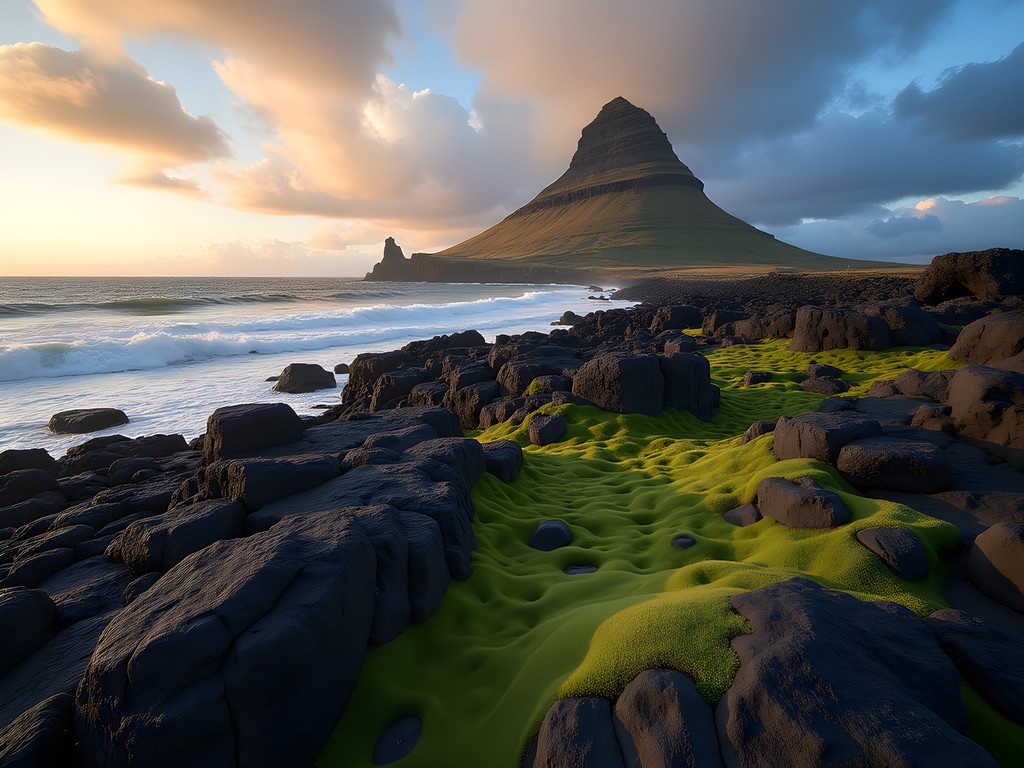
💡 Pro Tips
- Visit Kirkjufell for sunset when the mountain and waterfalls are beautifully illuminated
- Allow extra time on Snaefellsnes—the concentration of diverse geological features means frequent stops
- Check weather conditions before attempting any approach to Snaefellsjökull glacier
Final Thoughts
Our 10-day Ring Road expedition was more than a vacation—it was a journey through Earth's geological processes made visible in real-time. From the diverging tectonic plates at Þingvellir to the geothermal wonders of Mývatn, Iceland offers what few destinations can: a comprehensive education in geological processes that's both intellectually stimulating and visually spectacular.
What struck me most was how this trip made abstract scientific concepts tangible for everyone in our group, regardless of their scientific background. Our jazz musician friend composed a piece inspired by the rhythmic eruptions of Strokkur geyser. My physicist colleagues found themselves speechless before the raw power of Dettifoss.
If you're planning your own Ring Road adventure, remember that Iceland's true value isn't just in checking off famous sites but in understanding the processes that created them. Take time to observe, measure, and contemplate. Bring tools that enhance your understanding—whether that's a simple magnifying glass or more specialized equipment.
And most importantly, leave time for serendipity. Some of our most profound moments came from unplanned stops where a particular rock formation or thermal feature caught our scientific curiosity.
The Ring Road isn't just a highway—it's a circular timeline of our planet's most dynamic processes, waiting for curious minds to decode its wonders.
✨ Key Takeaways
- Iceland's Ring Road offers an unparalleled opportunity to observe active geological processes in a concentrated area
- Summer provides maximum daylight hours for exploration, though shoulder seasons offer fewer crowds
- Simple scientific tools can dramatically enhance your understanding and appreciation of Iceland's natural phenomena
📋 Practical Information
Best Time to Visit
June-August for maximum daylight; May and September for fewer crowds
Budget Estimate
$2,500-3,500 per person (excluding flights)
Recommended Duration
10-14 days
Difficulty Level
Moderate

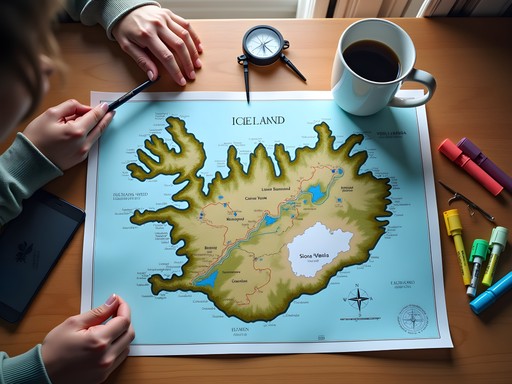
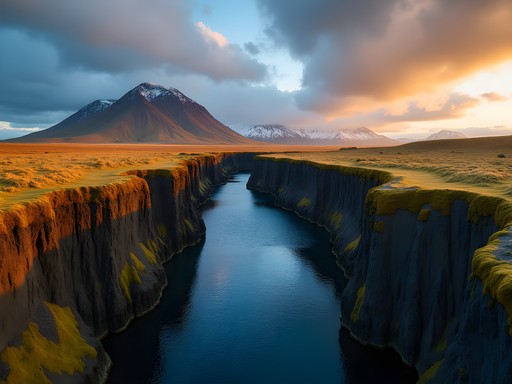
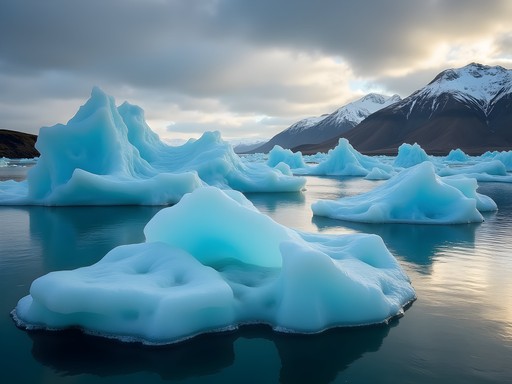

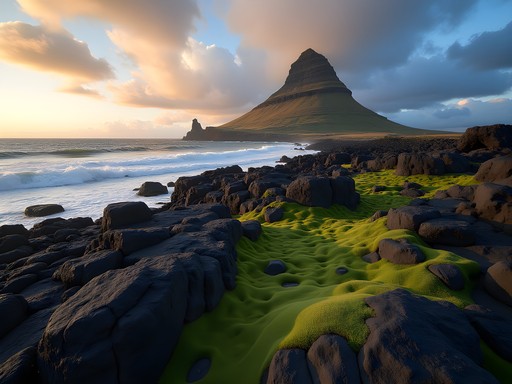










Comments
NordicExplorer
Those Northern Lights shots are unreal! What camera settings did you use?
TravelNewbie
Going there next month! How's the cell service around the ring road?
moonbuddy
It's pretty good along most of the Ring Road itself, but gets spotty in the highlands and some remote areas. Download offline maps for sure!
moonbuddy
Just got back from doing almost this exact itinerary last month!! Your physics perspective is so cool and different from other Ring Road guides I read. The section about sound physics at Dettifoss was mind-blowing - I wish I'd known that before visiting! One thing I'd add - we rented a 4x4 and it was 10000% worth it. Some of the best spots were down F-roads that regular cars can't handle. Our guidebook suggested a 2WD would be fine for summer Ring Road, but after seeing those highland roads, no way! Also downloaded offline maps which saved us when we lost signal for like 3 hours in the East Fjords.
Gregory Boyd
Totally agree about the 4x4, moonbuddy. I made the mistake of renting a compact car on my first Iceland trip and missed out on so many incredible locations. The F-roads to Landmannalaugar alone are worth the upgrade.
AdventureMom
Planning to do this with kids (ages 8 and 10) this summer. Do you think 10 days is enough with children or should we extend? They're good travelers but I don't want to rush.
moonbuddy
Not the author but I did Ring Road with my nephew (9) last year. 10 days was pretty rushed even for adults. With kids, I'd say 12-14 days would be much better. The little ones will want more time at places like the glacier lagoon and Myvatn nature baths!
AdventureMom
Thanks for the advice! Will definitely look at extending to 14 days then.
IcelandDreamer92
Those waterfall pics are incredible! Adding this to my bucket list right now!
Gregory Boyd
Fascinating read, Corey! As a fellow science enthusiast (though more biology than physics), I found your geological insights particularly illuminating. I completed the Ring Road last year and was mesmerized by the tectonic activity at Þingvellir. One tip I'd add - if you're visiting between September and April, build in extra days as buffer. I got stuck near Höfn for 36 hours due to an unexpected winter storm. The locals told me it happens frequently, yet many itineraries don't account for weather delays. Did you experience any road closures during your journey?
moonbuddy
Omg yes to the weather buffer! We got trapped by a snowstorm in May (!!!) last year near Akureyri. Wasn't even winter but the roads were completely closed for a day. Iceland weather is no joke!
Gregory Boyd
Exactly, moonbuddy! May snowstorms are more common than tourists realize. I've learned to always check road.is before heading out each morning, regardless of season.
photostar
OMG your photos of Jökulsárlón glacier lagoon are STUNNING! What camera settings did you use to capture those ice crystals so clearly? I'm an amateur photographer heading there in October and would love any photo tips for a beginner!
Corey King
Thanks @photostar! For the ice crystals, I used a polarizing filter to cut glare and shot with a narrow aperture (f/11) for depth of field. Morning light (7-9am) gives the best blue tones on the ice. The beach across the road from the lagoon (Diamond Beach) is actually better for close-up ice photography!
Taylor Moreau
Excellent write-up, Corey. As someone who's done the Ring Road three times for various business travel features, I appreciate your scientific perspective - it adds depth most guides miss. One point worth emphasizing: the weather truly is unpredictable. Even in summer, I've encountered everything from bright sunshine to near-blizzard conditions in a single day. The section on sound physics at Dettifoss waterfall particularly resonated with me - the raw power you feel through the vibrations is something no photo can capture. For those planning this journey, I recommend allowing flexibility in your itinerary. Some sites will captivate you more than expected, while others might be inaccessible due to weather. Iceland rewards the adaptable traveler.
backpackguide
Just finished the Ring Road last month and would add that having a good camera is essential! The landscapes are UNREAL. The light in Iceland is magical, especially during golden hour which lasts forever in summer. We found that Days 4-6 along the Eastern Fjords were actually our favorite part - way less tourists than the south coast. Also, download offline maps because cell service can be spotty in remote areas.
escapenomad
Just booked my tickets for next month! This itinerary is perfect timing!
Venture X
Premium card with 2X miles, $300 travel credit, Priority Pass